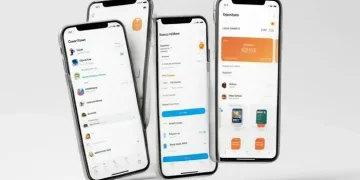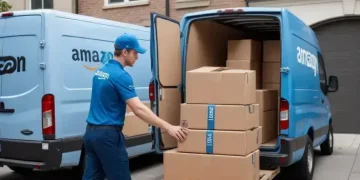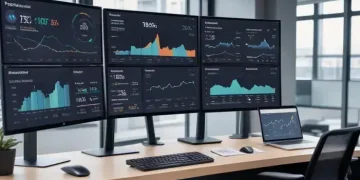Lifeline assistance: how it can be your financial safety net
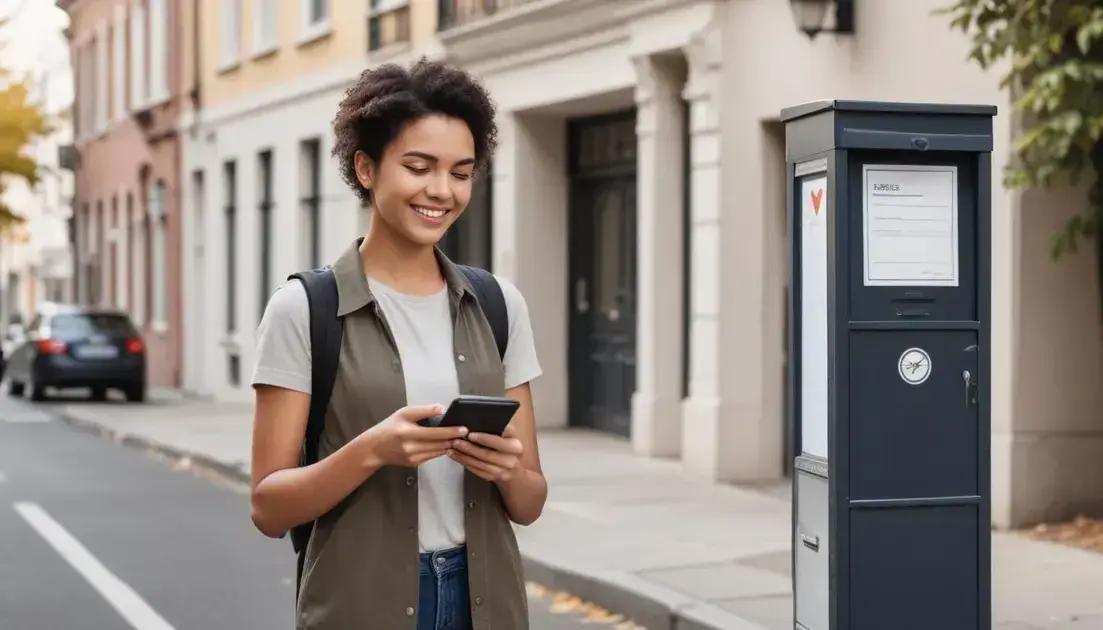
Ever wondered how lifeline assistance could ease your financial burden? This program is designed to help low-income individuals stay connected without breaking the bank. Let’s dive into how it works and why it might be the support you’ve been looking for.
What is lifeline assistance and who qualifies?
Lifeline assistance is a federal program that helps low-income individuals afford phone and internet services. It provides a monthly discount to ensure people can stay connected for jobs, education, and emergencies. The program is funded by the Universal Service Fund and administered by the FCC.
Who qualifies for lifeline assistance?
Eligibility is based on income or participation in other federal assistance programs. If your income is at or below 135% of the federal poverty guidelines, you may qualify. Alternatively, if you participate in programs like SNAP, Medicaid, or SSI, you’re automatically eligible.
How does the program work?
Once approved, you’ll receive a discount on either your phone bill, internet service, or a bundled package. The exact benefit amount varies by state, but it typically covers a significant portion of the monthly cost. Some providers also offer free or low-cost devices to eligible participants.
Many people don’t realize that lifeline assistance isn’t just for landlines—it applies to mobile and broadband services too. This makes it especially valuable in today’s digital world where connectivity is essential for daily life.
Common misconceptions
Some believe lifeline assistance is only for the unemployed, but that’s not true. Even if you have a job, you may still qualify based on income. Others think the application process is complicated, but many providers offer streamlined online applications with step-by-step guidance.
How to apply for lifeline assistance
Applying for Lifeline Assistance is simpler than many people think. The process can be completed online, by mail, or through your phone/internet service provider. Here’s a step-by-step breakdown to guide you through the application.
Step 1: Check Your Eligibility
Before applying, verify that you meet the income requirements (135% of federal poverty guidelines) or participate in qualifying programs like SNAP, Medicaid, or SSI. Many applicants qualify through these assistance programs without needing to provide income documentation.
Step 2: Gather Required Documents
You’ll need proof of eligibility, which may include:
- Recent pay stubs or tax returns for income verification
- Program participation documents (SNAP/Medicaid approval letter)
- Government-issued ID (driver’s license, passport)
- Proof of address (utility bill, lease agreement)
Step 3: Choose Your Application Method
You have three options:
- Online: Fastest method through the National Verifier website
- By Mail: Download forms from lifelinesupport.org
- Through Providers: Many participating companies help with applications
The online application typically takes about 10-15 minutes to complete. You’ll receive a confirmation number to track your application status. Approval usually comes within a few days if all documents are in order.
What Happens After Approval?
Once approved, you’ll need to select a participating service provider in your area. The discount will be applied directly to your monthly bill. Remember, you must recertify your eligibility annually to continue receiving benefits.
Documents required for lifeline assistance
Having the right documents ready is crucial for a smooth Lifeline Assistance application process. The required paperwork varies depending on whether you qualify through income or program participation.
For Income-Based Qualification
You’ll need to provide:
- Recent pay stubs (last 3 months)
- Tax return (most recent filing)
- Social Security benefits statement (if applicable)
- Unemployment benefits statement
- Workers’ compensation or disability documentation
For Program-Based Qualification
Acceptable proof includes:
- SNAP approval letter (must be current)
- Medicaid benefit card or approval notice
- SSI award letter
- Federal housing assistance/Section 8 documents
- Veterans Pension or Survivors Benefit documentation
Personal Identification Documents
All applicants must provide:
- Government-issued photo ID (driver’s license, passport, state ID)
- Social Security card or number verification
- Proof of address (utility bill, lease agreement, mortgage statement)
For tribal lands residents, additional documents like a Tribal ID or official tribal correspondence may be required. All documents must show your name exactly as it appears on your application.
Tips for Document Submission
Make sure all documents are clear and legible when submitting copies. Expired documents won’t be accepted. If you’re applying online, have digital scans or photos ready in JPEG or PDF format (under 5MB each). Keep originals in a safe place.
Benefits of lifeline assistance
Lifeline Assistance provides crucial benefits that help low-income individuals stay connected in today’s digital world. The program offers more than just basic phone service – it’s a gateway to essential opportunities and services.
Financial Relief for Essential Services
Participants save $9.25 monthly (or up to $34.25 on tribal lands) on either phone or internet service. This discount can cover:
- Basic cell phone plans with unlimited texting
- Home internet service for remote work/school
- Bundled phone and internet packages
Access to Critical Opportunities
The program helps users:
- Search and apply for jobs online
- Access telehealth services
- Complete school assignments
- Stay in touch with family and social services
Emergency Connectivity
Lifeline ensures participants can:
- Call 911 in emergencies
- Receive weather alerts
- Contact medical providers
- Access crisis hotlines
Additional Perks
Many providers offer:
- Free or discounted smartphones
- No-contract options
- Unlimited nationwide calling
- International calling options
The program also helps bridge the digital divide by making technology accessible to those who need it most. Participants report improved quality of life through better access to healthcare, education, and employment opportunities.
Common misconceptions about lifeline assistance
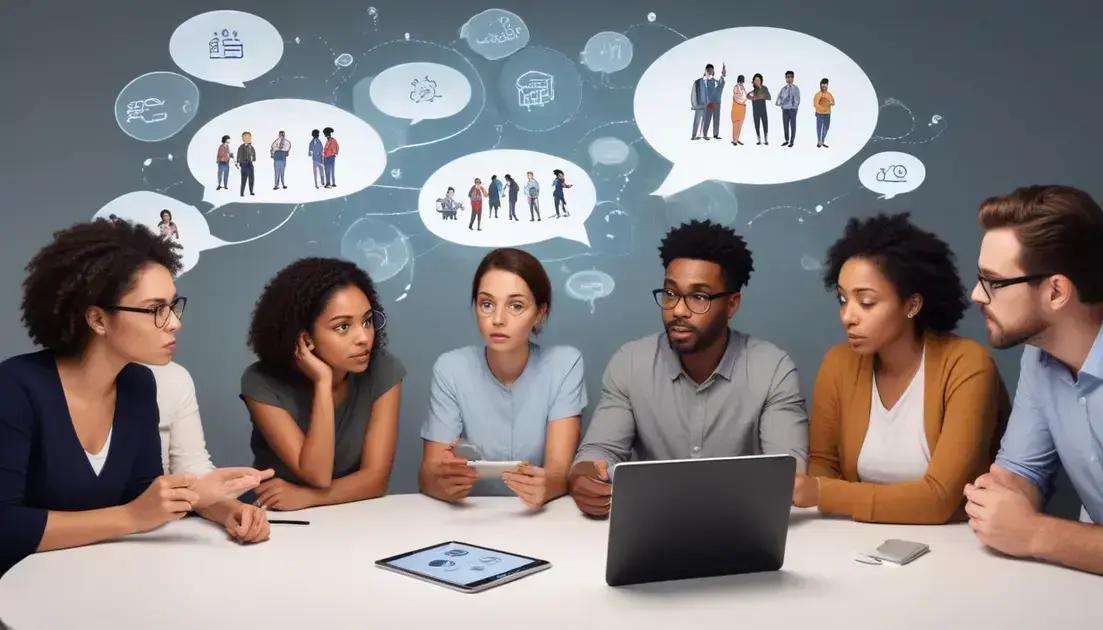
Many people misunderstand how Lifeline Assistance works, which prevents eligible individuals from applying. Let’s clear up the most common myths about this valuable program.
Myth 1: It’s Only for Unemployed People
Reality: Employed individuals can qualify if their income falls below 135% of federal poverty guidelines. Many working families use Lifeline to reduce communication expenses while maintaining employment.
Myth 2: The Service is Low Quality
Reality: Participants receive the same network coverage as paying customers. Most providers offer modern smartphones with data plans comparable to regular offerings.
Myth 3: Only Seniors Qualify
Reality: While seniors often benefit, the program serves all eligible adults including students, working parents, and disabled individuals who meet income requirements.
Myth 4: It’s a Government Phone
Reality: The program provides a monthly discount applied to regular service from approved providers. Participants choose their preferred company and plan.
Myth 5: The Application is Complicated
Reality: The process takes about 10-15 minutes online, and many providers offer application assistance. Required documents are typically items people already have.
Myth 6: You Can’t Switch Providers
Reality: Participants can change providers once every 60 days if they find better service or features elsewhere while maintaining their benefit.
Understanding these facts helps more eligible people access this crucial communication assistance without stigma or confusion about how the program actually works.
How lifeline assistance differs from other aid programs
While Lifeline Assistance shares some similarities with other government aid programs, it has several unique features that set it apart. Understanding these differences helps applicants navigate the system more effectively.
Focus on Communication Services
Unlike programs like SNAP or Medicaid that cover basic needs, Lifeline specifically addresses communication access. It provides discounts on phone/internet services rather than direct cash assistance or benefits.
Provider-Based Administration
The program works through private service providers rather than government offices. Participants choose from approved companies that apply the discount directly to their bills.
Flexible Benefit Use
Recipients can apply their benefit to:
- Landline or mobile phone service
- Standalone internet service
- Bundled phone and internet packages
This flexibility isn’t typically found in other assistance programs.
Combination with Other Benefits
Lifeline can be used alongside other aid programs without reducing those benefits. Many participants combine it with SNAP, Medicaid, or housing assistance.
Recertification Process
Unlike some programs with automatic renewals, Lifeline requires annual recertification where participants must re-verify their eligibility status.
Unique Tribal Benefits
For residents of tribal lands, Lifeline offers enhanced benefits (up to $34.25 monthly) not available through other assistance programs.
The program’s specialized focus on connectivity makes it a unique and essential component of the social safety net in our digital age.
Tips to maximize your lifeline assistance benefits
Getting approved for Lifeline Assistance is just the first step – these practical tips will help you get the most value from your benefit while avoiding common pitfalls.
Choose the Right Service Plan
Compare multiple providers to find plans that:
- Match your usage needs (data, minutes, texts)
- Offer free or discounted devices
- Include useful extras like hotspot capability
Don’t automatically accept your current provider’s offer.
Combine with Other Discount Programs
Many providers offer additional savings through:
- ACP (Affordable Connectivity Program)
- Low-income internet programs
- Senior or student discounts
Stacking benefits can significantly reduce costs.
Set Up Automatic Recertification Reminders
Mark your calendar for:
- Annual eligibility verification
- Plan comparison checkups
- New benefit announcements
This prevents unexpected service interruptions.
Optimize Your Device Usage
Make the most of your service by:
- Using WiFi whenever available
- Downloading content for offline use
- Adjusting streaming quality settings
Stay Informed About Program Updates
Follow these to learn about:
- New participating providers
- Benefit amount changes
- Expanded eligibility rules
By implementing these strategies, you can ensure your Lifeline benefit provides maximum connectivity at minimum cost throughout the year.
Frequently asked questions about lifeline assistance
Here are answers to the most common questions about Lifeline Assistance to help you better understand and navigate the program.
Who is eligible for Lifeline Assistance?
You may qualify if your income is at or below 135% of federal poverty guidelines or if you participate in assistance programs like SNAP, Medicaid, SSI, Federal Public Housing Assistance, or certain tribal programs.
How much is the Lifeline discount?
The program provides a $9.25 monthly discount ($34.25 for those on tribal lands) that can be applied to either phone service, internet service, or a bundled package from participating providers.
Can I get both phone and internet service?
The discount applies to one service per household – either phone OR internet OR a bundled package. You cannot receive separate discounts for multiple services.
What documents do I need to apply?
Required documents include:
- Proof of income or program participation
- Government-issued ID
- Proof of address
- Social Security number verification
How long does approval take?
Most applications are processed within 2-3 business days if submitted with complete documentation. You’ll receive a confirmation email or letter with next steps.
Do I need to reapply every year?
Yes, you must recertify your eligibility annually to continue receiving benefits. Your provider will notify you when it’s time to recertify.
Can I switch providers?
Yes, you can change providers every 60 days if you find a better plan or service. The discount will transfer to your new provider.
Getting the most from Lifeline Assistance
Lifeline Assistance provides a crucial lifeline for millions of Americans, helping bridge the digital divide for low-income households. As we’ve seen, this program offers more than just phone service – it opens doors to employment, education, healthcare, and emergency services.
From understanding eligibility requirements to maximizing your benefits, the key is to stay informed about your options. Remember to compare providers annually and take advantage of combined programs like ACP for additional savings.
With proper planning and these practical tips, you can maintain reliable communication services while significantly reducing your monthly expenses. Don’t let misconceptions prevent you from accessing this valuable resource – help is available to stay connected in our increasingly digital world.

